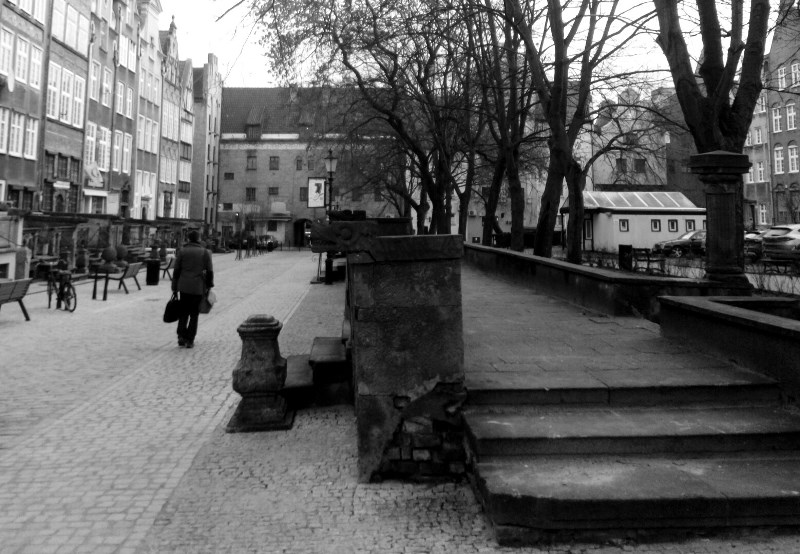Postcard from... the Canal Bank
/By Paul Scraton:
To reach the canal bank the path moves past a stonemasons, where headstones wait in rows for future owners behind a chain link fence, and through a colony of allotment gardens, mostly locked and shuttered for the winter. Gnomes, felled by the last big storm lie on the lawn. Puddles gather in the centre of sagging trampolines. Leaves that fell months ago clog the drainage channels. The courts of the tennis club stand empty, the nets packed away. Grass grows long on the American Football field. Across the Atlantic they are preparing for the Super Bowl. Here, the season is long over.
Past a patch of wasteland of chipped bricks, blackened fire circles and piles of empty spray cans, the path runs alongside the canal now, through a tunnel of overhanging trees. Every so often a road crosses above, taking buses and cars in the direction of the airport. Thousands of people must pass this way each day departing or arriving in the city, but down here by the water is the domain of only a few. Joggers and cyclists. Council workers cleaning up the verges. Dog walkers. The canal itself still takes a barges or two, laden with coal, gravel or scrap metal, but as long as it is not frozen this is a place that belongs to the grey herons and mallards and the rowers with their metronomic strokes and heavy breathes. Their coaches ride ahead on little motorboats, issuing commands through a loudhailer, the only sound competing with the jet engines of the planes as they come into land.
In the summer, with the allotments in full swing and the path part of a major cycling and walking route, the canal bank will be alive with people. Alongside the rowers there will be kayakers on the water. The smell of barbecues and the sound of pop music from the gardens. The ringing of impatient bicycle bells. In the winter it returns to the edgelands. An in-between place. On the opposite bank from the path, smoke rises up from a houseboat in the shadow of a young offenders unit. Workers park their cars in front of steel and glass office blocks serving an airport well past its sell by date. Beyond the high fences, all is quiet and still in the army barracks built for an occupying army that left decades ago.
Places get their character from their surroundings. From the tennis club and the gardens. The proximity of the airport and the still waters of the canal running through the middle of the scene. But they also get it from the weather. From the season of the year. From the time of day. Now, with the rowers out of sight and earshot, everything on the canal bank is calm. Even the planes seemed to have stopped taking off or coming in to land. Winter mist above the water. The sudden movement of a jay, spotted through the trees. A siren in the distance.
A large branch, felled by the storm and not yet dealt with by the council workers, blocks the path. It doesn't matter. This is far enough. It's time to turn back.






